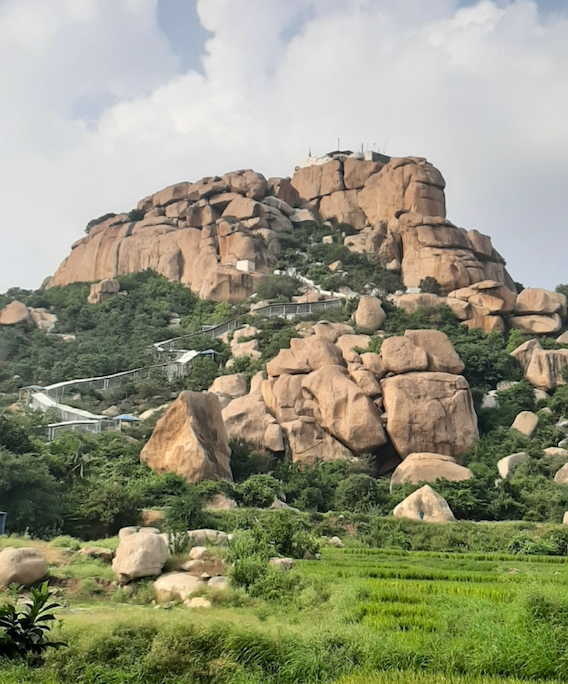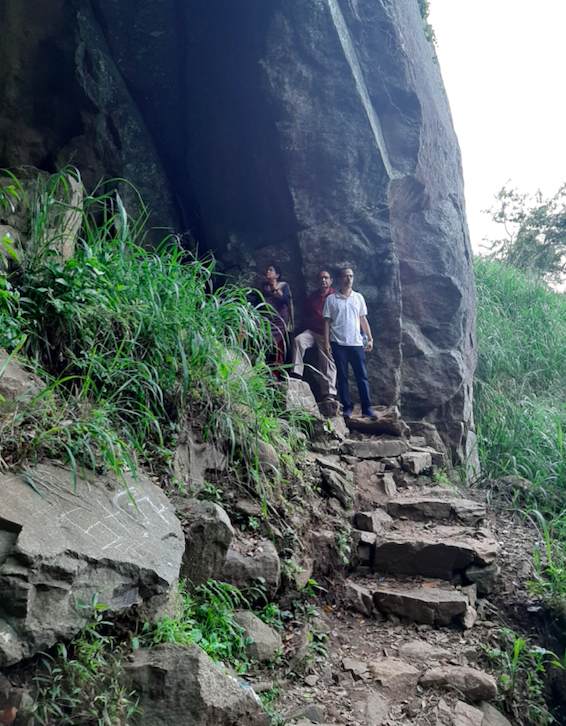One of the heftiest ancient epics in world literature and central to Hinduism, the Ramayana – written by Sanskrit poet Valmiki between the seventh and fourth centuries BC – consists of nearly 24,000 verses divided into seven chapters. It has defined not just the collective faith of India’s majority Hindu community but also influenced important socio-political events in the country – some bloody, others not so much.
Advertisement
On a chilly December day in 1992, a fanatical crowd demolished a centuries-old mosque in the north Indian state of Uttar Pradesh, built during the reign of Babur, the founder of the Mughal dynasty. The motivation: It was allegedly built by foreign invaders by taking over the precise birthplace of Lord Rama in the city of Ayodhya. What followed was not just India’s longest-running land dispute in modern history but also violent riots across the country, toppled governments, and deep communal fault lines that continue to haunt India to this day. The Ramayana describes the life of Lord Rama – from being born in the kingdom of Ayodhya, winning Sita as his wife in a bridegroom challenge, being banished to the forest for 14 years over an insidious promise his stepmother had made to his father, to fighting the demon-king Ravana who abducts his wife.
Advertisement
When Vikrant Pande, a 55-year-old former corporate executive, and Neelesh Kulkarni, a 65-year-old entrepreneur and theatre artist, decided to embark on the ambitious journey of visiting every single place mentioned in the Ramayana, they certainly knew that the journey was going to throw them surprises they would never anticipate.
Vikrant Pande (right) and Neelesh Kulkarni at the Istripuram caves in Sri Lanka where the demon-king Ravana is said to have briefly hidden Sita after abducting her.
Their intentions in this pursuit were noble: They were not looking to trace the bloody roots of right-wing Hindu nationalism in the country, but simply wanted to understand how the holy text had impacted lives for the better, forged community bonds, and how the interpretation of the text changed with every town they passed. They documented all these in their book recently released by HarperCollins, In the Footsteps of Rama: Travels with the Ramayana.
“The impetus came when we read the book Walking with Nanak written by Pakistani writer Haroon Khalid, who wanted to visit all the places central to Sikhism,” Pande told VICE. “Unfortunately, he couldn’t visit the ones in India because of tensions between the two countries. It was then that we knew we had to do justice to the sheer cultural richness of the places mentioned in the Ramayana because they are all mostly here in India.”
Advertisement
They travelled intermittently in everything from hired cabs, trains, and flights over a period of two years starting in September 2018. The journey started from the holy city of Chitrakoot in central India, a place of much importance in the Hindu epic.They first encountered just how far the boundaries of faith can stretch in Chitrakoot. “The city is filled with many spots that are mentioned in the Ramayana by name,” said Kulkarni. “One of these places near the city was said to be the spot where Sita was kidnapped by a different demon before Ravana. But to reach the place, we had to trek through a dense forest replete with wild bears, leopards, and robbers. When we finally reached the temple marking the spot, we were surprised to see just one lone priest upkeeping the place.”The duo, armed with sticks and stones to ward off potential bandits and animals, were naturally taken aback to see just one lone man living so deep inside one of the most dangerous forests in central India. However, the bigger surprise came when the priest informed them he had been living there all by himself for 16 years.“He wasn’t intimidated by the forest in the least bit, and seemed completely at ease,” recollected Pande. The priest’s rationale humbled them. His duty, he said, was to only serve the Almighty. Life and death were beyond his control, and there was no point fretting about it. “If he wants me to serve him, he will protect me as he has done for these 16 years,” the priest told them.
Advertisement
The stones and sticks that were going to guard Pande and Kulkarni suddenly seemed irrelevant. When the duo then reached the holy city of Kishkindha in Southern India – said to be the birthplace and kingdom of the monkey king Hanuman who was also a loyal companion to Lord Rama – they realised that faith can often act as a life-affirming force for not just individuals but entire villages as well. “There was a temple marking Hanuman’s birthplace back in the day, but it was surrounded by rocks from all sides leaving no area for circumambulation by devotees around the temple,” explained Kulkarni. “It was then that an old, unassuming gentleman offered to serve a cup of tea to whoever chipped away at the mountain even if it was just for a minute. Over almost a decade, villagers would casually drink tea and chip away bit by bit. And now, there’s a 20-foot clear road surrounding the temple. The cup of tea was simply symbolic of just how simple devotion can truly be, minus the pomp and grandeur.”

But faith, regardless of its collective power to unite and heal, can also be blind – sometimes to deadly proportions. Often, the difference between fanaticism and spirituality is hard to tell. Kulkarni and Pande understood this more clearly when they reached the Akshayvat – a reportedly indestructible sacred fig tree in the north Indian city of Prayagraj, inside the premises of a fort that has apparently withstood invasions, wars, and even the mythological flooding of the world by Lord Narayana.
Advertisement
“There used to be a sacred well that was famous for its powers to grant you nirvana if you died inside it. For centuries, devotees would fling themselves into it, until Mughal emperor Jahangir blocked it,” said Pande. The tree, and the fort that encloses it, fall under the Indian army’s domain. To keep devotees away from potentially plucking all the leaves and tearing the tree down if they got to touch it, barricades have been erected around the fort. “Through our army contacts, we managed to go beyond the barricades and closer to Akshayvat,” said Kulkarni. “Even though we couldn’t touch it, we could see almost hundreds of devotees behind the barricades wishing they were in our place, some with even tears in their eyes. We were speechless; their devotion quite literally seeped into us.” When the duo reached the neighbouring country of Sri Lanka – once the kingdom of the demon-king Ravana who had abducted Lord Rama’s wife, as the epic goes – they were greeted by scenes of much contrast. Barely miles from the famously inaccessible caves that Ravana inhabited was the town of Ella.

“Our driver told us that it was an HIV spot,” the authors said with a laugh. “Drugs, orgies, and alcohol allegedly flowed freely. And yet, it was a place like no other, as beautiful waterfalls and tea gardens surrounded it from every corner. Much later that day, we met a Belgian family from Ella itself who enlightened us about everything from the appropriation of Belgian fries by Americans to the irrelevance of Tintin within Belgium. Where else can one possibly encounter such a range of places and people?” Follow Arman Khan on Instagram.